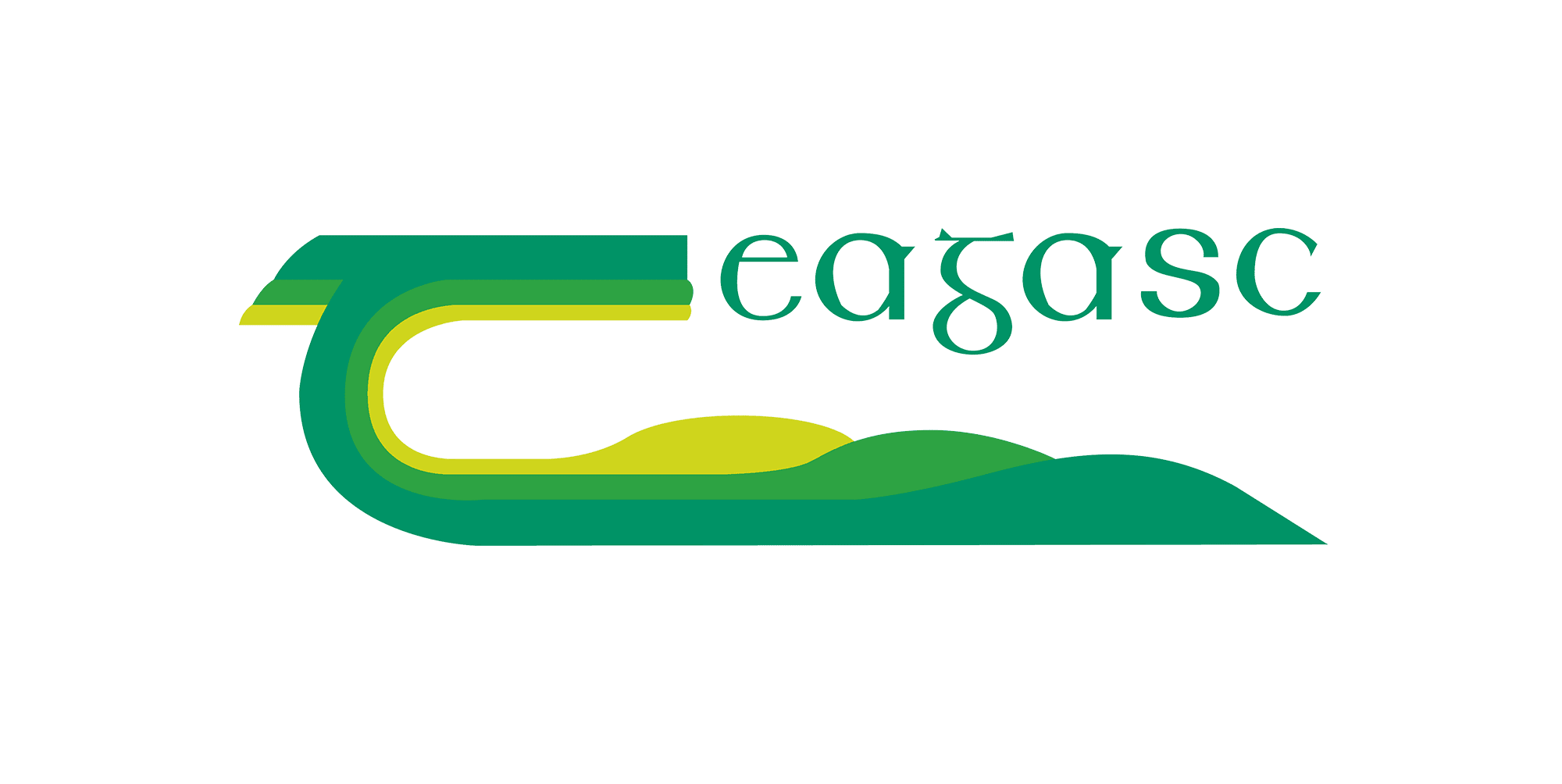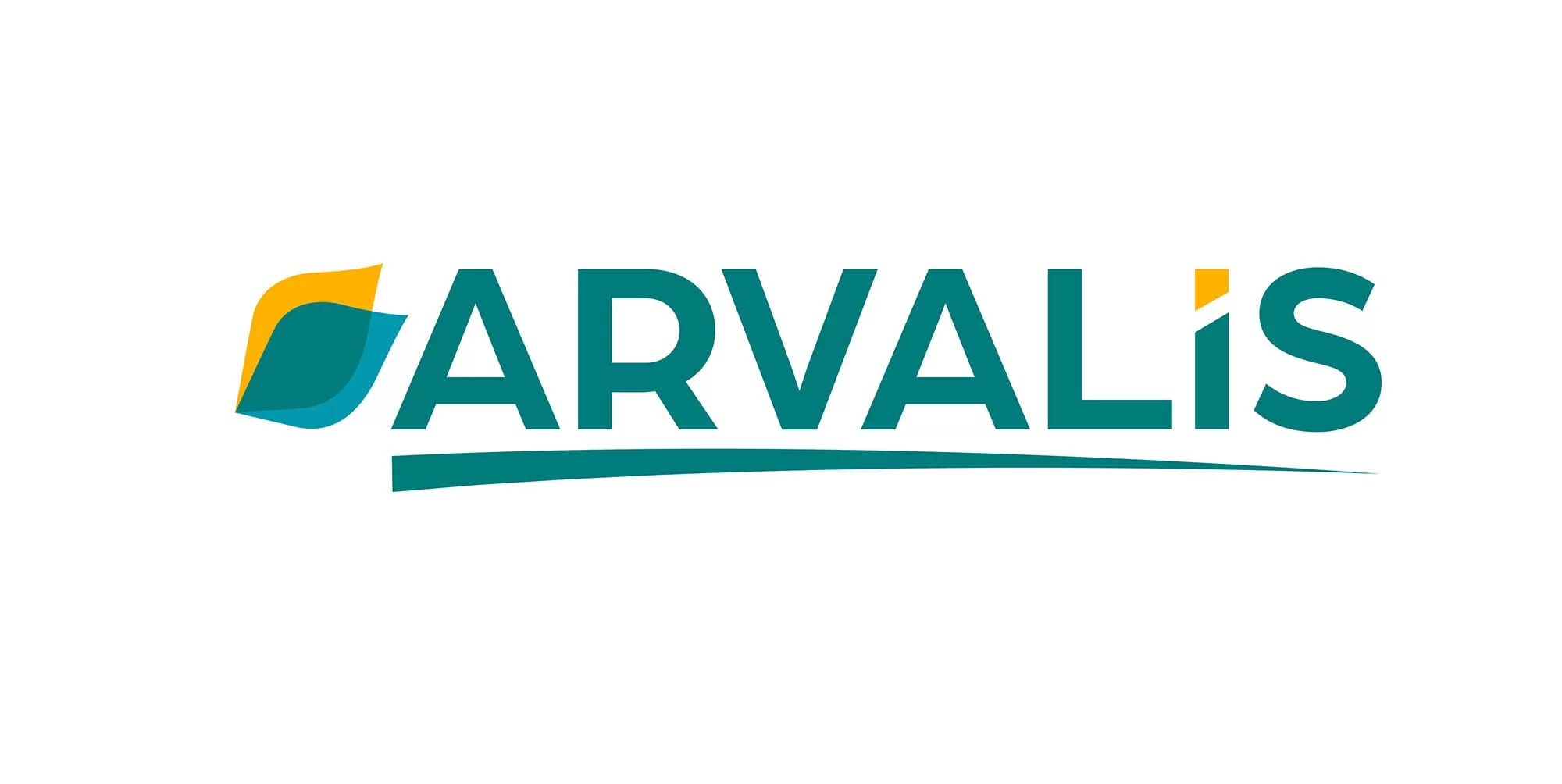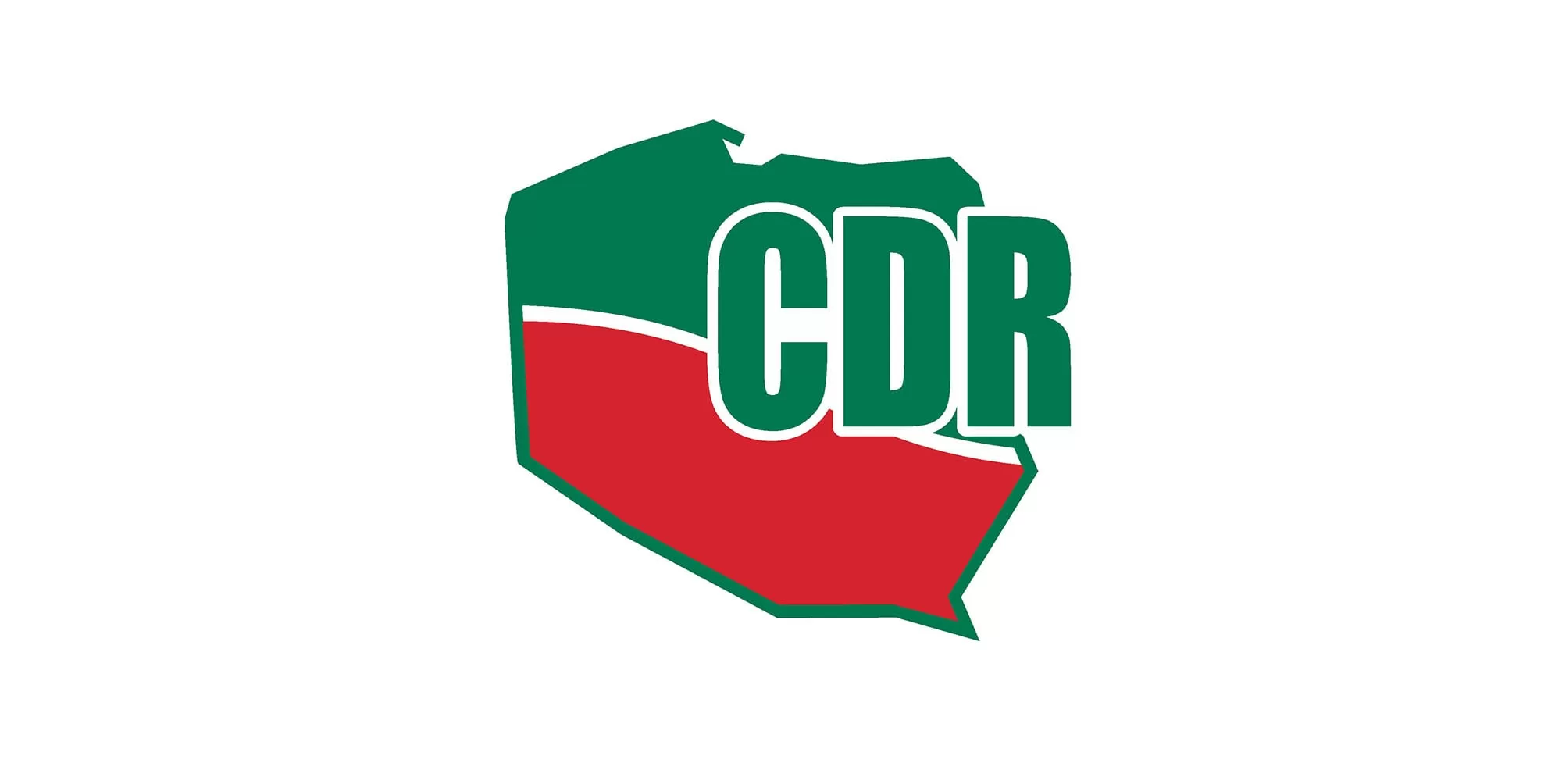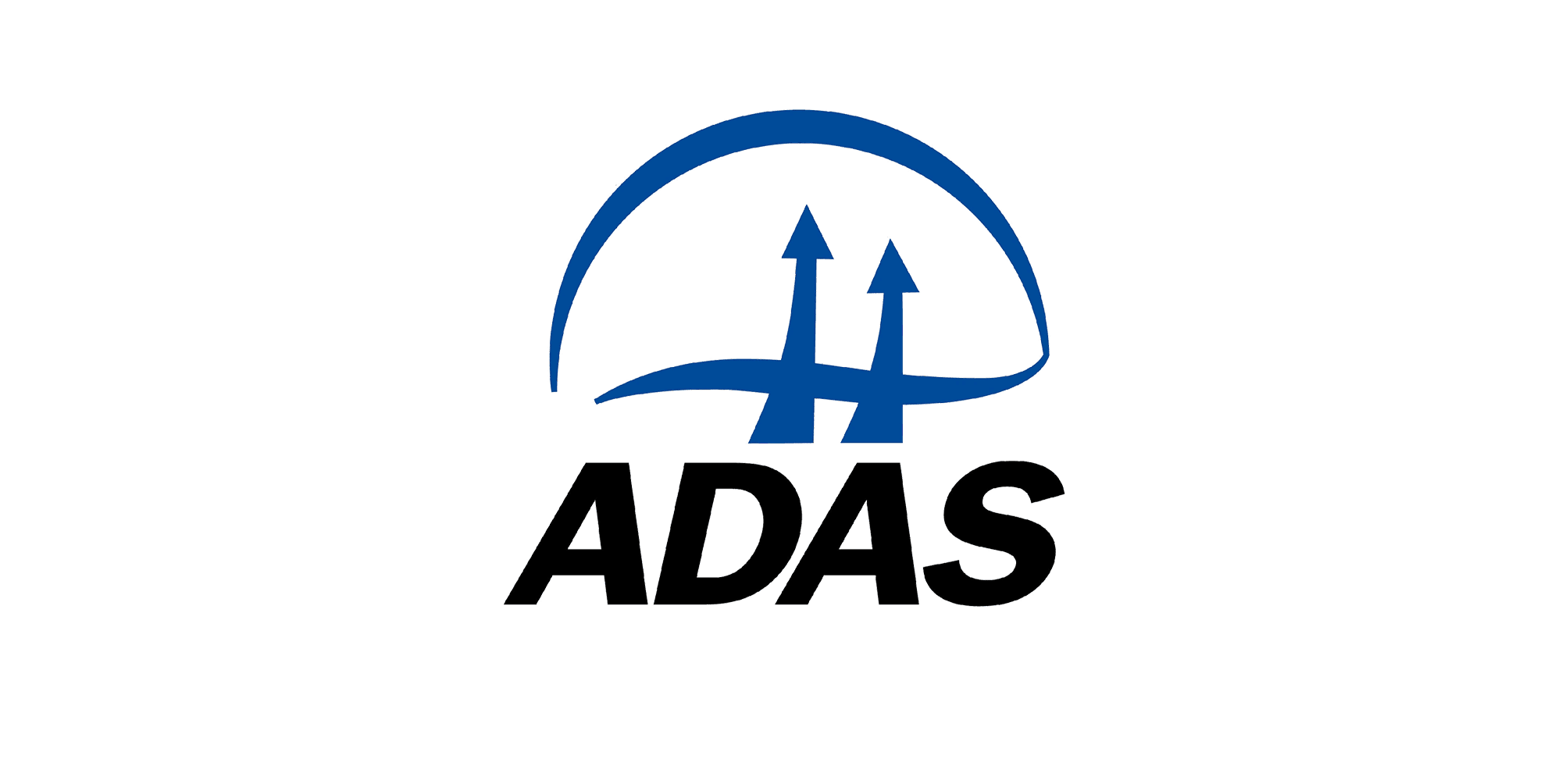Recommendation system by: Government
InterNaw
The program was developed by a consortium of the Institute of Soil Science and Plant Cultivation, the National Agricultural Chemical Station and the Institute of Technology and Life Sciences. On the basis of the predicted, average yield for given soil conditions, the uptake of nutrients is determined. Take into account the content of P, K, Mg and pH in the soil (additionally S and microelements: B, Cu, Fe, Zn, Mn, Mo). Nitrogen is calculated using the balance method (it is acceptable to determine mineral nitrogen in the soil up to 60 cm in early spring - as a reserve from the previous year). The balance takes into account the after-effect of manure and plowed crop residues and legumes, as well as natural reserves of assimilable nitrogen, depending on the clay content in the soil.
Access the recommendation system
 Wheat
Wheat
 Maize
Maize
 Potatoes
Potatoes
 Nitrogen
Nitrogen
 Phosphorus
Phosphorus
 Potassium
Potassium
| Publisher | Government |
| Name | InterNaw |
| Weblink | https://internaw.pl/ |
| Countries covered | Poland |
| Regions covered | Whole country |
| Language | Polish |
| Crops covered | Wheat, Maize, Potatoes, Vegetables, Other cereals, Brassicas, Other crops |
| Nutrients covered | Nitrogen (N), Phosphorus (P), Potassium (K), Sulphur (S), Calcium (Ca), Magnesium (Mg), Boron (B), Copper (Cu), Iron (Fe), Manganese (Mn), Molybdenum (Mo), Zinc (Zn) |
| Target soil pH Recommendations based on soil and cropping types | Provided |
| Nitrogen | |
| Crops for Nitrogen Recommendation | Wheat |
| Nitrogen Analysis Options | Early spring 0-60 cm soil mineral N |
| Soil Nitrogen Assess Method | Estimated |
| Factors for estimated Soil Mineral N | Soil type, Previous manure/fertilization, Plowed pre-crop residues, Planted leguminous, Soil type clay content |
| Soil Nitrogen content measurement | Extract solution 2% K2SO4 |
| Phosphorus | |
| Crops for Phosphorus Recommendation | Maize, Potatoes, Wheat |
| Soil Phosphorus content measurement | Lab based method |
| Phosphorus Sampling Frequency | Every 3-4 years |
| Lab analysis method for Phosphorus | Mehlich 3; Egner-Riehm; NIR |
| Potassium | |
| Crops for Potassium Recommendation | Maize, Potatoes, Wheat |
| Soil Potassium content measurement | Lab based analysis |
| Lab analysis method for Potassium | Mehlich 3; NIR; Egner-Riehm in calcium lactate solution |
| Potassium Sampling Frequency | Every 3-4 years |
| Potassium Measurement Method | None |
| Soil available Potassium(Κ) from potash clays | Both soil tests and soil type |
| Guidance for minimizing nitrate leaching | Provided |
| Crops for which the recommended N rate is adapted depending upon nitrate leaching risk | - |
| Nitrogen | |
| Dry Springs | Not Considered |
| Advice on irrigation for N recommendation | Not Provided |
| Spring Crop N content | Accounted for |
| Accepted methods for assessment of spring crop N content | Lab analysis |
| Phosphorus | |
| Spring Crop P content | Not Accounted for |
| Accepted methods for assessment of spring crop P content | |
| Nitrogen | |
| Current in season crop N requirement | Estimated |
| Basis for N Requirement Estimation | Standard values for crop N content |
| Expected yields | Estimated in season N requirement can be adjusted for expected yields |
| Basis of crop N requirements | Crop approach, Rotation approach |
| Phosphorus | |
| Current in season crop P requirement | Estimated |
| Basis for P requirement estimation | Standard values for crop P content |
| Expected yields | Estimated P requirement can be adjusted for expected yields |
| Basis of crop P requirements | Crop approach, Rotation approach |
| Potassium | |
| Current in season crop K requirement | Estimated |
| Basis for K requirement estimation | Standard values for crop K content |
| Expected yields | Estimated K requirement can be adjusted for expected yields |
| Basis of crop K requirements | Crop approach, Rotation approach |
| Crops for which yield adjustments are made | Wheat, Maize, Potatoes |
| Adjustments for Potato Recommendations | |
| Recommendations on length of growing season, variety, haulm length and/or determinacy groups | Available |
| Available adjustments for potatoes | Planting date; Effect of irrigation; Problems with previous potato crops; Differences in fertilization depend on the length of vegetation (early-late), type of production (edible-industrial), the use or not of manure |
| Adjustments for nitrate leaching, gaseous N-losses and Ammonia Mitigation | |
| N adjustments to account for gaseous N-losses are included for | Manufactured fertilisers |
| Fertiliser types and additives change recommendation | Urea |
| Ammonia mitigation strategies used for manufactured fertilisers | Use of inhibitors |
| Manure application methods used for reducing ammonia emissions | Precision application equipment (e.g. bandspreading); Incorporation into soil |
| Organic materials nutrient content | |
| Crop available N for different types of organic material | Calculated |
| Organic materials for which crop available N is calculated | Farmyard manure (cattle, goat, pig, sheep, horse, duck), Digestate, Compost |
| Crop available nutrients from organic materials accounted for | Nitrogen (N), Phosphorus (P), Potassium (K) |
| Nutrients for which there is an option to input own organic material nutrient analysis | Nitrogen (N), Phosphorus (P), Potassium (K) |
| Types of organic materials for which regulation stipulates a sampling requirement | None |
| Guidance on fertilizer application timings | Provided, Adjusted for the total amount of nutrient applied |
| Guidance on the rate of fertiliser to apply at each timing | Not Provided |
| Number of fertilizer N applications in wheat | 3 |
| Application number between maize and potatoes | Different |
| Number of fertiliser N applications in maize (or potatoes) | Usually 3-4 applications: before sowing, early spring, blade shooting's, on ear (1 or 2) |
| P & K application frequency in winter wheat | Once a year |
| P & K application frequency between maize and potatoes | Does not differ |
| P & K application frequency in maize (or potatoes) | |
| Crops with guidance available for the placement of fertilisers | Wheat, Maize, Potatoes |












